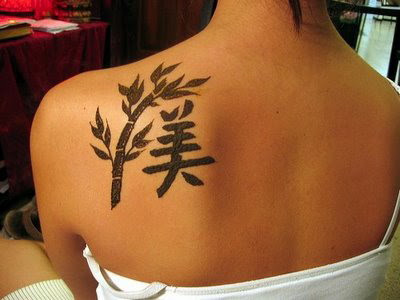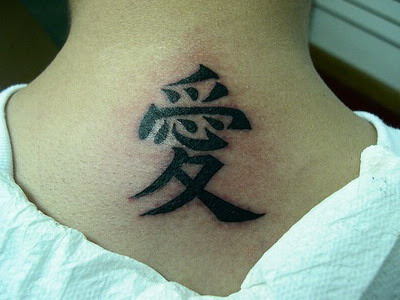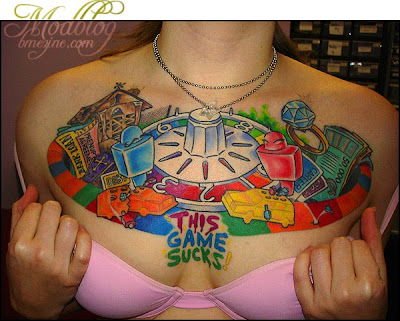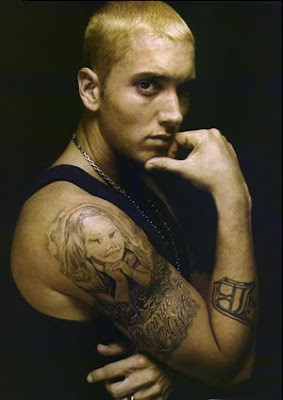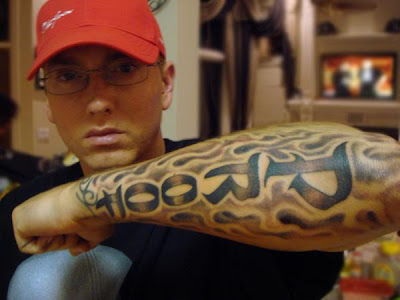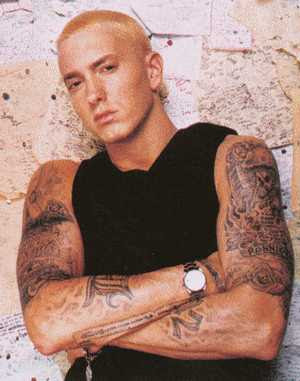(image via http://library.duke.edu)
Last week, the New York Times published a really interesting article concerning Mardi Gras Indians, specifically looking at the possibility of the "Indians" copyrighting their costumes so their images can't be used in things like calendars, promotional materials, etc, without their consent. I'll get to that issue in a second post, but I think the entire concept of Mardi Gras Indians deserves a deeper look.
Let's look at the 'culture' of the Mardi Gras Indians, independent of history and context (something the anthropologist in me cringes at, but work with me), then we'll backtrack a bit.
These men and women call themselves "Indians." They are members of "tribes," with names like "Yellow Pocahontas," "Geronimo Hunters," and "Flaming Arrows" (a complete list of the tribes is here). They wear over-the-top, elaborate costumes based (very) loosely on American Indian powwow regalia--with headdresses, feathers, and beading (there is a slideshow on nytimes.com that can be found here):
They have an anthem called "Indian Red" whose lyrics include:
(image via nytimes.com)
They have an anthem called "Indian Red" whose lyrics include:
I've got a Big Chief, Big Chief, Big Chief of the Nation
Wild, wild creation
He won't bow down, down on the ground
Oh how I love to hear him call Indian Red
When I throw my net in the river
I will take only what I need
Just enough for me and my lover
Objectively, out of context, this is by-definition cultural appropriation. Imagine if these were white men and women. I should be offended...right?
But it's complicated. The history of Mardi Gras Indians comes out of a history of shared oppression and marginality between the Black and Native residents, or some stories point to a desire to honor Native communities who took in escaped slaves. Wikipedia (again, the academic cringes, ha.) notes, of the history:
Mardi Gras Indians have been parading in New Orleans at least since the mid-19th century, possibly before. The tradition was said to have originated from an affinity between Africans and Indians as minorities within the dominant culture, and blacks' circumventing some of the worst racial segregation; laws by representing themselves as Indians. There is also the story that the tradition began as an African American tribute to American Indians who helped runaway slaves.I still see some problems with that, the "honoring" argument is what many proponents of Indian mascots use, but what it boils down to, for me, is the question:
Can one marginalized group appropriate another?
Inherent in the concept of cultural appropriation is the notion of power. The group in power takes cultural aspects of a subordinate community out of context and uses them how they see fit. These Mardi Gras Indians are African American, and arguably at the lowest economic strata of society (the nytimes article talks about copyrighting as a means to recoup money for these performers). They are by no means in a position of power over Native communities in Louisiana or elsewhere. The Mardi Gras Indian culture does not appear to come out of a desire to "play Indian", and in many ways, it has moved outside of the realm of cultural appropriation into a distinct culture and community of it's own. But above all, it seems the history comes not out of a relationship of power, but out of a shared position of marginality and discrimination.
So, in this sense, I find it hard to write my usual rant on an insensitive appropriation of Native culture, but, on the other hand, it still makes me uncomfortable.
Thoughts?
(thanks for sticking with me, I know that was a long one)
Nytimes article: In New Orleans, Getting Serious Over Suits: http://www.nytimes.com/2010/03/24/us/24orleans.html
NYtimes slideshow: http://www.nytimes.com/slideshow/2010/03/24/us/0324ORLEANS_index.html?ref=us
Wikipedia on Mardi Gras Indians: http://en.wikipedia.org/wiki/Mardi_Gras_Indians
(Thanks MK, Sees, and Kimball!)























